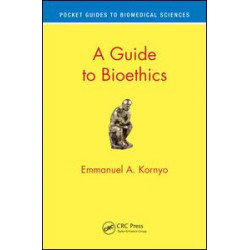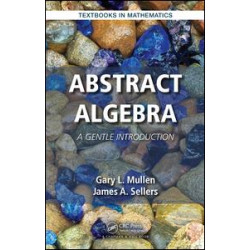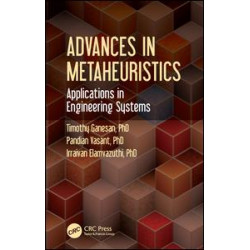
Cannabis sativa is best known as the source of marijuana, the world’s most widely consumed illicit recreational drug. However, the plant is also extremely useful as a source of stem fiber, edible seed oil, and medicinal compounds, all of which are undergoing extremely promising research, technological applications, and business investment. Indeed, despite its capacity for harm as a recreational drug, cannabis has phenomenal potential for providing new products to benefit society and for generating extensive employment and huge profits. Misguided policies, until recently, have prevented legitimate research on the beneficial properties of cannabis, but there is now an explosion of societal, scientific, and political support to reappraise and remove some of the barriers to usage. Unfortunately, there is also a corresponding dearth of objective analysis. Towards redressing the limitation of information, Cannabis: A Complete Guide is a comprehensive reference summarizing botanical, business, chemical, ecological, genetic, historical, horticultural, legal, and medical considerations that are critical for the wise advancement and management of cannabis in its various forms.
This book documents both the risks and benefits of what is indisputably one of the world’s most important species. The conflicting claims for medicinal virtues and toxicological vices are examined, based mainly on the most recent authoritative scientific reviews. The attempt is made consistently to reflect majority scientific opinion, although many aspects of cannabis are controversial. Aside from the relevance to specialists, the general public should find the presentation attractive because of the huge interest today in marijuana. Unfortunately, society has become so specialized and compartmentalized that most people have limited appreciation of the importance of science to their lives, except when a topic like marijuana becomes sensationalized. This review of cannabis can serve as a vehicle for public education in the realm of science and technology. Indeed, towards the goal of disseminating the important information in this book to a wide audience, the presentation is user-friendly, concise, and well-illustrated in the hope that non-specialists will find the topics both informative and entertaining.

















